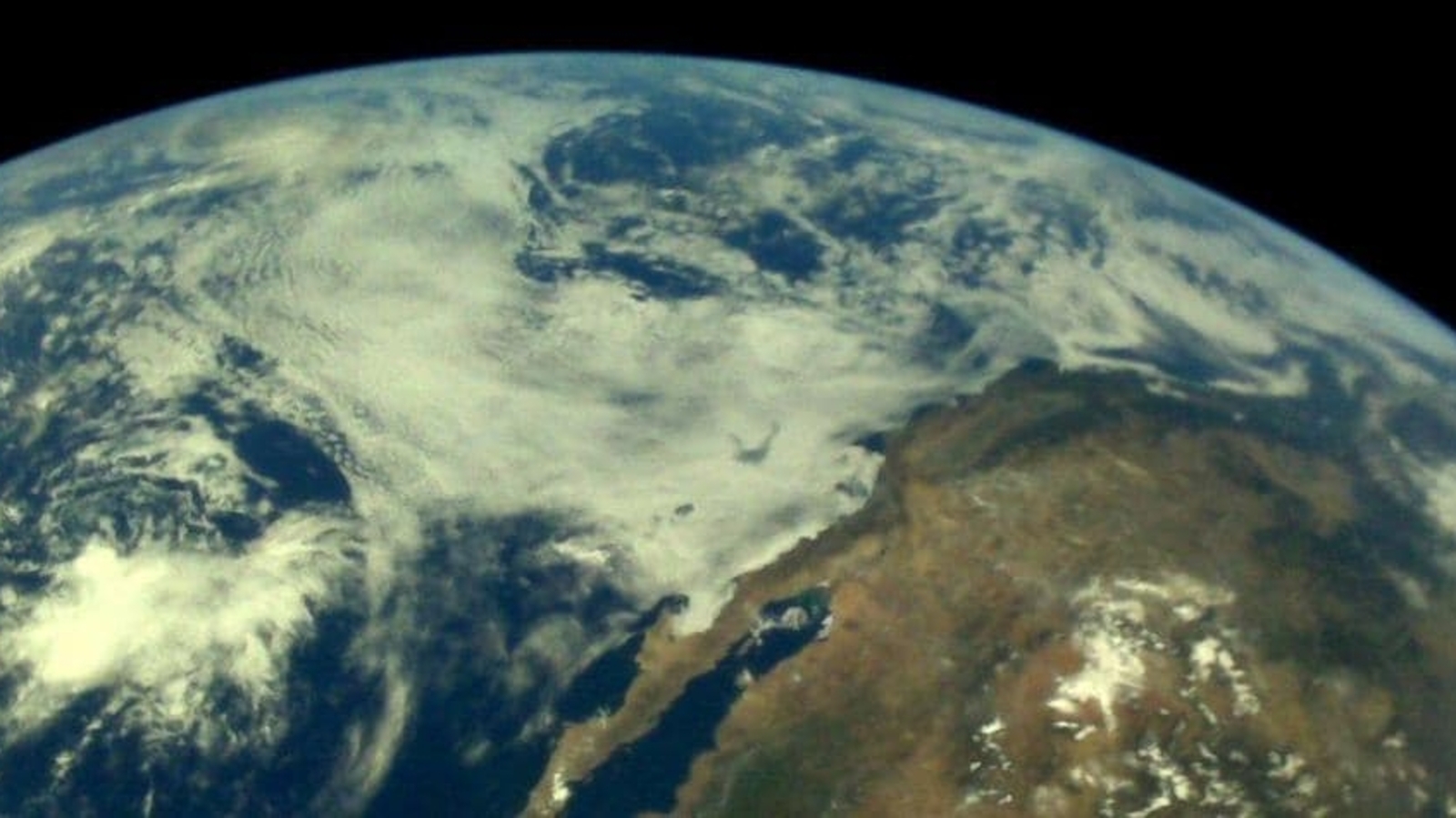European leaders meet to re-energise offshore wind power

The countries bordering the North Sea meet in Denmark on Thursday to seal commitments to boost offshore wind power, a sector that is suffering from stiff competition from China.
At the gathering, eight countries Denmark, Belgium, the Netherlands, France, Germany, Luxembourg, Norway and Ireland and the European Commission are expected to reach an agreement on the installation of some 20,000 wind turbines in the North Sea by 2050.
China currently accounts for 82 percent of orders for new wind power, according to analyst firm Wood Mackenzie.
“The EU cannot lose momentum, we need to ensure that we choose the right path,” Danish energy minister Lars Aagaard told AFP.
In Denmark, which inaugurated its first wind power farm in 1991, more than 40 percent of electricity originates from wind power.
In the port of Odense, where the discussions are being held, port director Carsten Aa told AFP turbines are produced for farms all over Europe, the US market and the Philippines.
In 2011, the first nacelle the casing that houses the components needed to operate the wind turbine, including the generator and transmission was produced by turbine maker Vestas at the Lindo shipyard, used by global shipping giant Maersk to build its vessels until 2009.
Since then, some 1,500 offshore wind turbines have been assembled at the site.
“We are world-leading at the moment, but the Chinese are knocking on our front door,” Aa said.
Most of the port’s surface area is devoted to wind power, and Vestas produces nacelles, masts and foundations, among other things.
The parts are too bulky to be built elsewhere and transported by land before being loaded onto ships and installed at sea.
“If we shall fulfil all the political ambitions, we need to see even more production in European seaports,” Aa insisted.
He hopes that Odense will lead the way in countering Chinese competition.
“We have changed from an outdated industry area to a top modern facility and production facility by using old shipyard workers… to produce windmills,” the port director explained.
In France, Nantes Saint-Nazaire Port recently presented a project to develop a platform for the deployment of future offshore wind farms.
The port of Odense is also expanding. The shipyard employed 2,700 people when it closed in 2009, and more than 3,200 are now working on the site, which has grown by 18 percent in the last two years.
“What makes us unique is that the area is very large… we have the area around the old shipyard to be able to develop new products and new production halls,” Soren Rask, the head of port security who began his career as a blacksmith at the shipyard, told AFP.
cbw/jll/ju/giv
This article was generated from an automated news agency feed without modifications to text.
Related
A New Book Argues That What Happens in Europe Doesn’t…
Remaking the World: European Distinctiveness and the Transformation of Politics, Culture, and the Economy by Jerrold Seigel “No issue in world
Poland plans military training for every adult male amid growing…
Poland’s prime minister, Donald Tusk, has said his government is working on a plan to prepare large-scale military training for every adult male in response t
2025 European Athletics Indoor Championships: Ditaji Kambundji secures women’s 60m…
Switzerland’s Ditaji Kambundji walked away from the 2025 European Athletics Indoor Championships in Apeldoorn on 7 March with much more than her first Europea
Takeaways from the EU’s landmark security summit after Trump said…
BRUSSELS (AP) — European Union leaders are trumpeting their endorsement of a plan to free up hundreds of billions of








